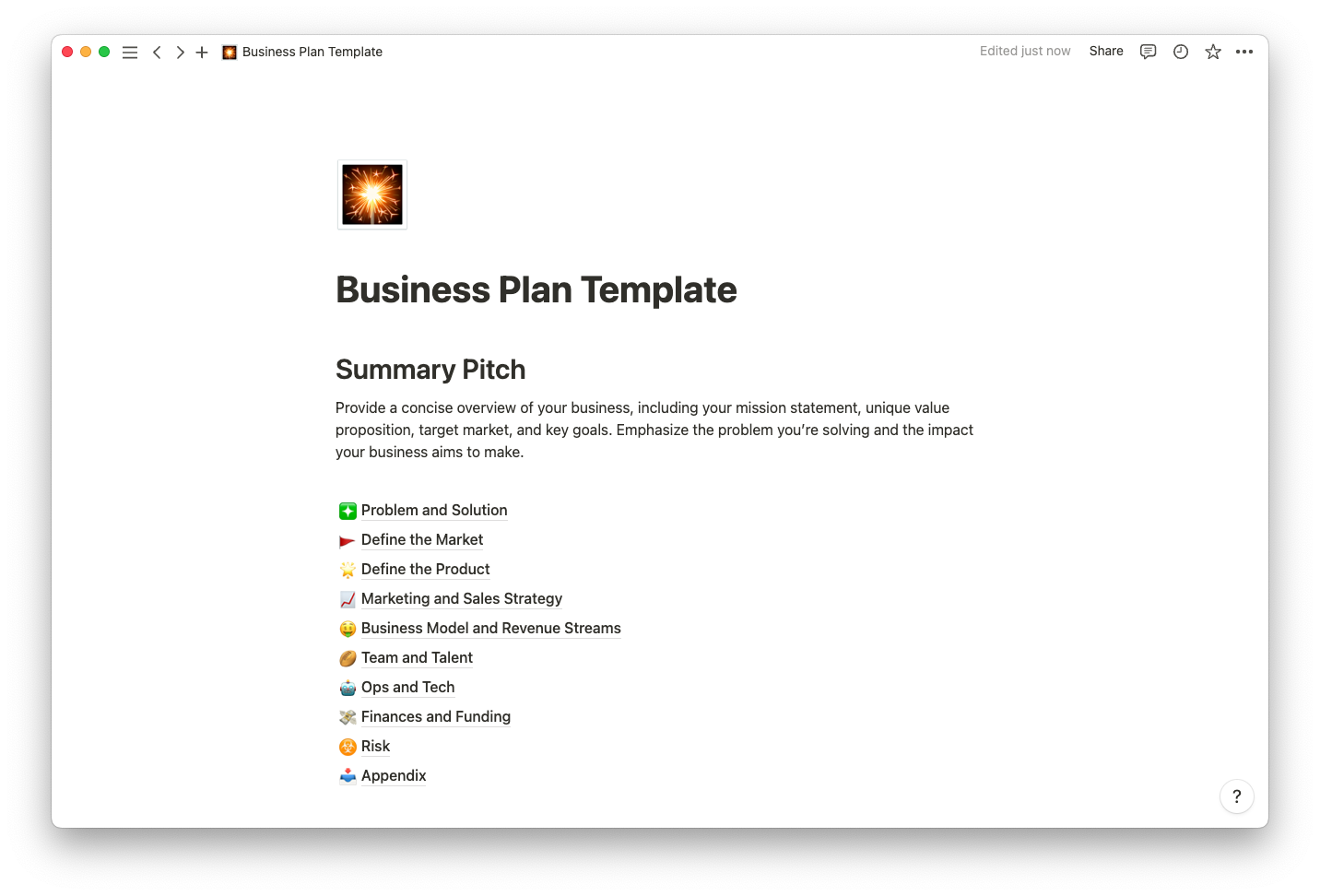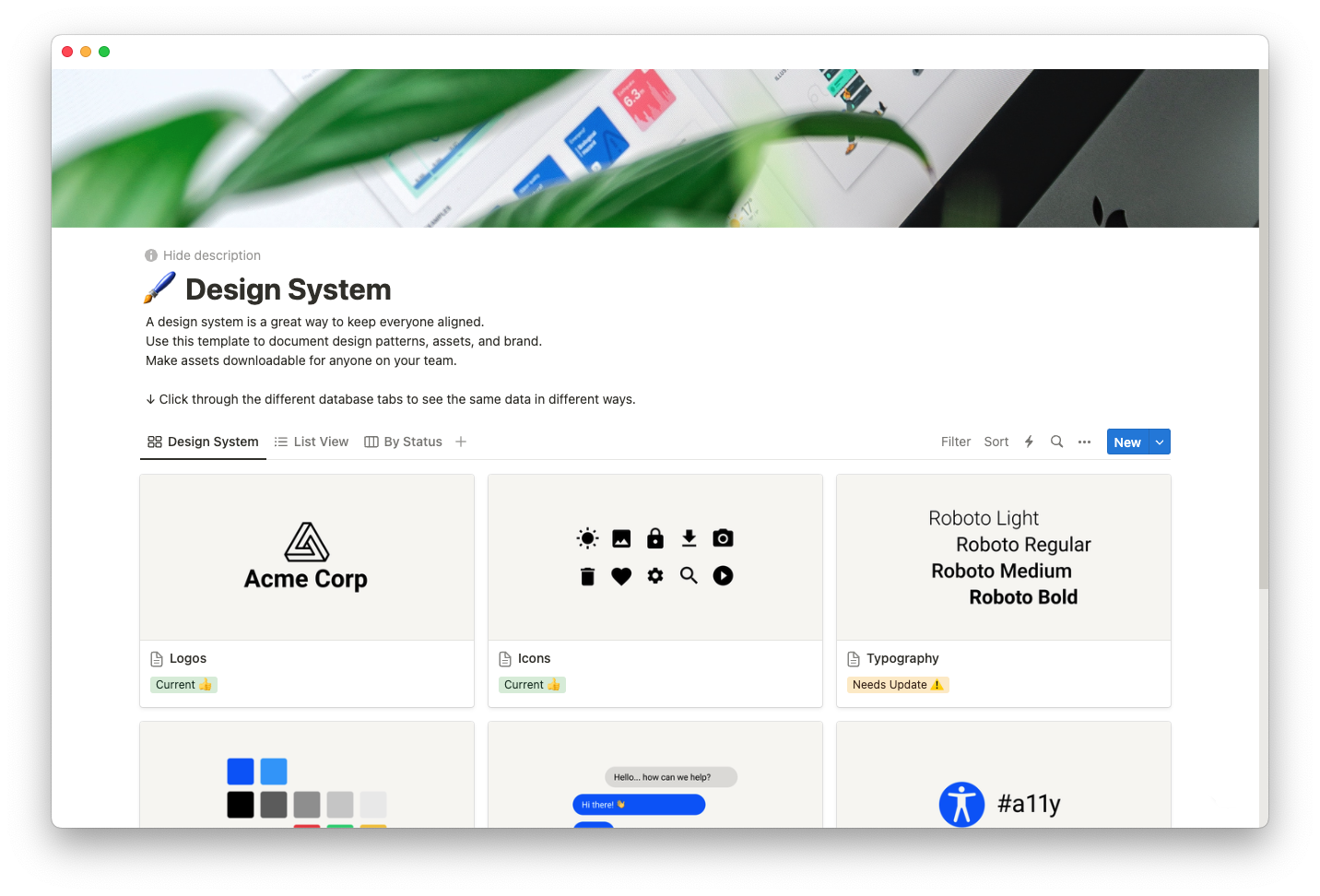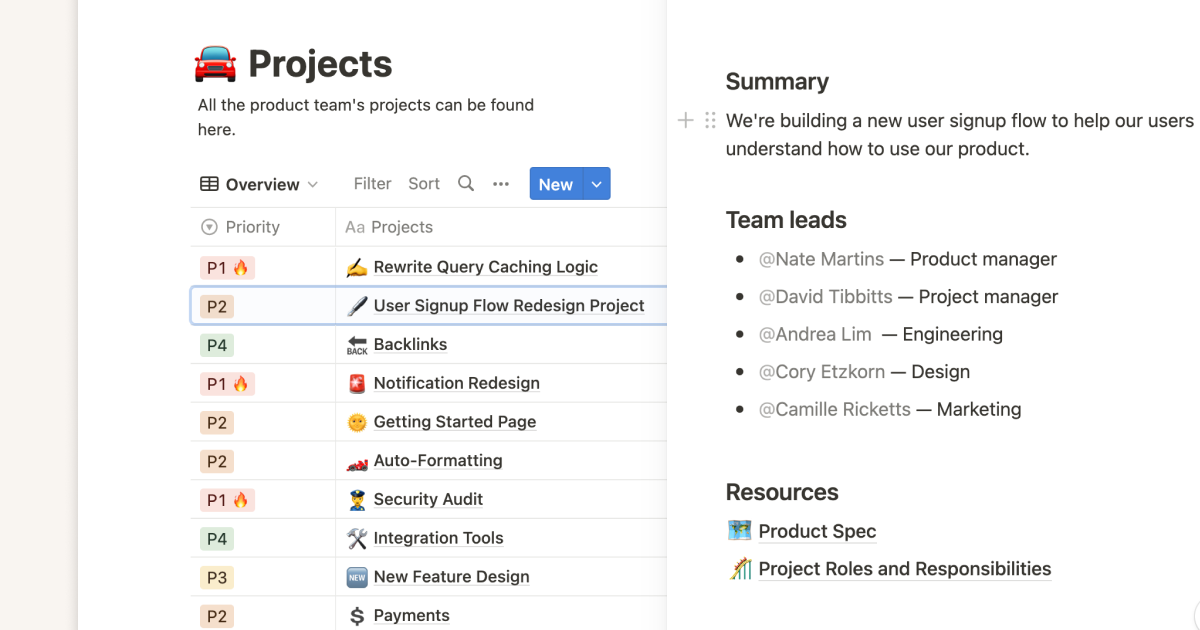The cellphone, the internet, the smartwatch: All these started as excellent ideas before undergoing a long product development process.
This process involves transforming concepts into purchasable products users can enjoy — which is rarely a simple feat. But you can make it less challenging for your team by following a clear nine-step workflow.
What’s product development?
Product development is a step-wise process that transforms a concept into a physical or digital item that consumers can purchase.
The product development process involves pinpointing market needs, conceptualizing, and creating items that meet these needs. Teams then deliver these products to their target audience, gathering feedback like stakeholder suggestions and consumer opinions and making changes as needed.
This cross-functional process requires team members from various departments, like marketing, design, and engineering. Marketing professionals will conduct market research and prepare and execute a launch plan; designers will create mock-ups and final designs; and engineers will construct products.
Who should be part of the product development process?
If you’re about to create a new product, you’re also about to create a new cross-functional team. Here are a few roles you’ll need throughout the product design process:
Developers
Design professionals
UX/UI experts
Marketing personnel
Sales professionals
Finance experts
Product testers
The 9 stages of product development
While every product is unique, development processes generally follow nine steps. This formal structure will help your team systematically create a valuable, well-thought-out product.
1. Start with an idea
While you might discover your next best idea on a run, great product ideas typically require extensive research and brainstorming. Work with your team to better understand your target audience and what they might want. You don’t necessarily need to create something entirely new — you might explore updates to an already successful product instead. And a client may request a specific item, taking idea generation off the table for your team.
2. Research the market
Once you’ve decided on a product, conduct in-depth market research regarding the following:
Competitors
Buyer personas
UX requirements
Target audience design preferences
You could also perform product validation by gauging interest. Talk up your future product on social media and see how people react, or survey existing customers to determine how they feel about this update or new offering.
3. Plan the prototype
Hit the literal drawing board and turn your napkin sketches into more formal plans. Consider all product requirements, including the materials you’ll need and what the item should look like.
Label each element of the prototype drawing so a viewer can quickly grasp its functions. A stakeholder may not have the same niche technical knowledge as the product design team but will want to understand product features as if they did.
This is also an excellent time to consider the approximate cost of your product, as this question will determine functionality and materials.
4. Create the prototype
You have an excellent idea and a drawing of it — now ground this vision in reality with a prototype. You won’t sell this version of your product but will present it as a sample.
The prototyping stage invites experimentation, as you may have to create several models before getting it right. Prototyping also encourages product developers to find new partners. You may need a third party to make your model, and this producer can become an essential partner going forward.
Once you have a prototype, take it to a small group within your target market. Offer minimal viable products (MVPs), a limited set of products in the development stage, to select potential customers so they can explore the item’s features and give feedback.
5. Form partnerships
You’re ready to take your product to a larger audience and likely need third-party help. In this stage you’ll partner with companies or individuals who can source materials or perform production work. You’ll need people to supply raw materials, create your product, store it, and ship it.
If you have some of these roles covered internally, that’s great news. Otherwise, attend trade shows, meet with vendors and craftspeople, and form partnerships with warehousers and shipping companies.
6. Determine production costs
At this point in the process, you know how your product will look, what materials you need, and who your suppliers are. Now you can pin down actual production costs and determine how much you hope to earn to secure a viable profit margin. There should be a healthy delta between what your product costs to produce and how much you can sell it for.
7. Create the final item
Project managers now have everything necessary to devise and execute a product creation plan. Use prototype feedback and cost forecasts to outline a product roadmap, aligning your team on all requirements. Monitor their progress on milestones, pivoting when necessary to ensure you’re managing all stakeholder expectations.
8. Market your product
Now’s the time to generate awareness and pique your target audience’s interest. Consider a lightweight digital marketing strategy to start. If you have an established company with a mailing list, send out a blast hyping the new product. Offer a promotion, like a discount code, to drive interest.
New and existing companies can also advertise on social media, partnering with influencers and affiliates to reach a larger audience. A testimonial or recommendation from a person your target audience trusts goes a long way.
Be sure to present clear routes for buyers to purchase your product by including links in emails and posts to your website or providing instructions on how and where to buy.
9. Reflect
Gather the development team and reflect on the success of the new product and the process of creating it. Determine where you hit roadblocks and how you can avoid similar situations in the future.
Pull customer data like ratings and written feedback to guide future iterations. If the product is malleable — like software — integrate updates and features that address critical issues in customer feedback as soon as possible. If the product is physical, hold onto these insights for versions to come.
3 best practices for product development
Once you understand the product development process, perfect it by implementing the following best practices:
Remember the customer — end-user interest determines your product’s success. Even an excellent idea won’t sell if it doesn’t meet a target audience need.
Be open to ideas — brainstorm with your teammates and collaborate on product implementation. Creating and marketing a product is a group effort. Let people share their expertise and ideas for a smoother, more exciting launch.
Don’t think too far outside the box — if you have an established business, you already have an image and offering to uphold in the marketplace. Create products that interest your niche audience and that you can create with available resources and personnel.
2 real-life product development success stories
Product development implies a learning curve. Expedite it with knowledge from companies that have successfully launched popular products before.
Here are two real-life stories to inspire you:
Netflix — This streaming provider develops successful products because it intuits what the industry needs. The company dreamt up the popular model mail-order DVDs at its inception. As more and more of its audience moved online, Netflix pivoted to streaming — a sweet spot in the market.
Sriracha — People will top anything, from tacos to sushi, with Sriracha. But how did this particular spicy sauce gain such popularity? The answer is quality. Huy Fong Foods follows a strict recipe that blends fresh ingredients into a sauce that consistently tastes good.
Level up your product development lifecycle with Notion
Developing a product is fascinating work with the potential to shake up markets and change customers’ lives. It’s also a great responsibility.
Notion’s guides and templates can help you enter the process confidently. Use our product development process boilerplate to structure your work, discover how to run a product release, and stay on schedule with our project tracker. Or search our template gallery for something perfectly suited to your needs.






